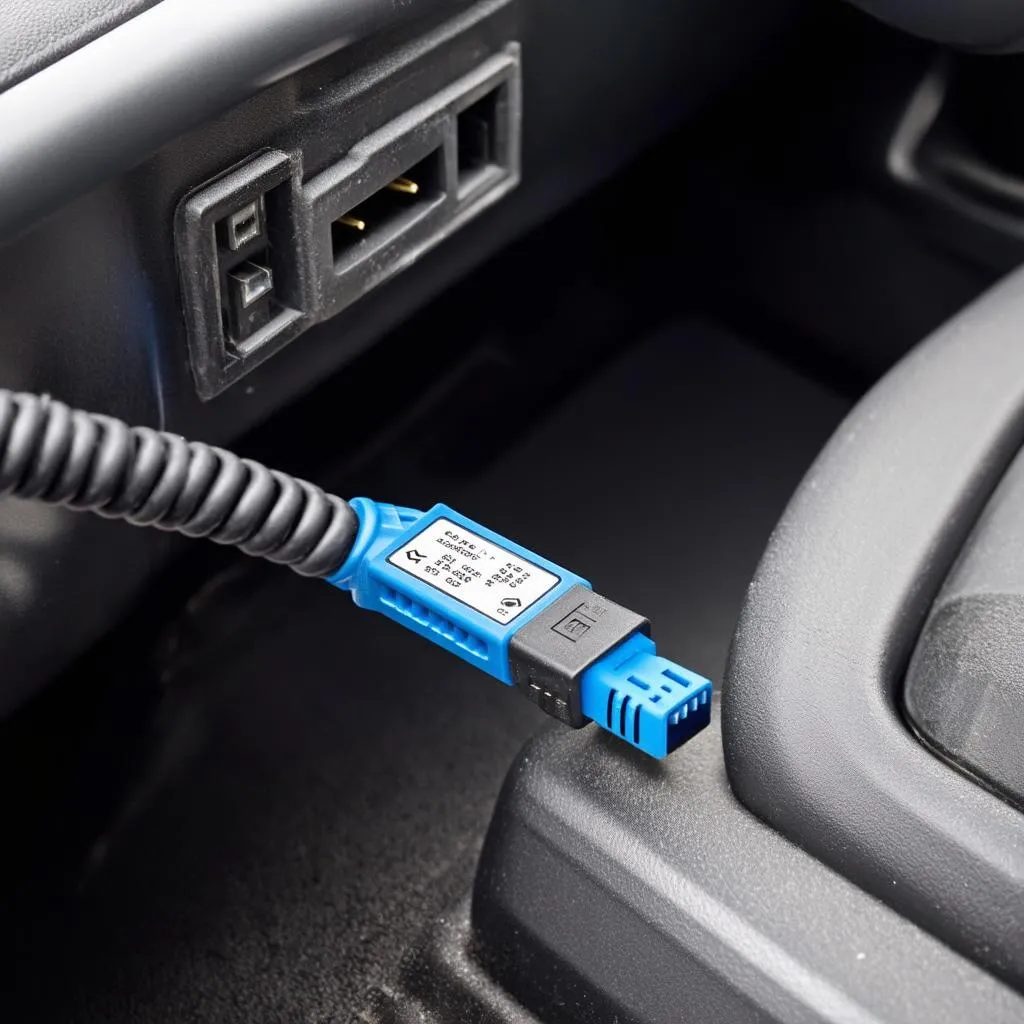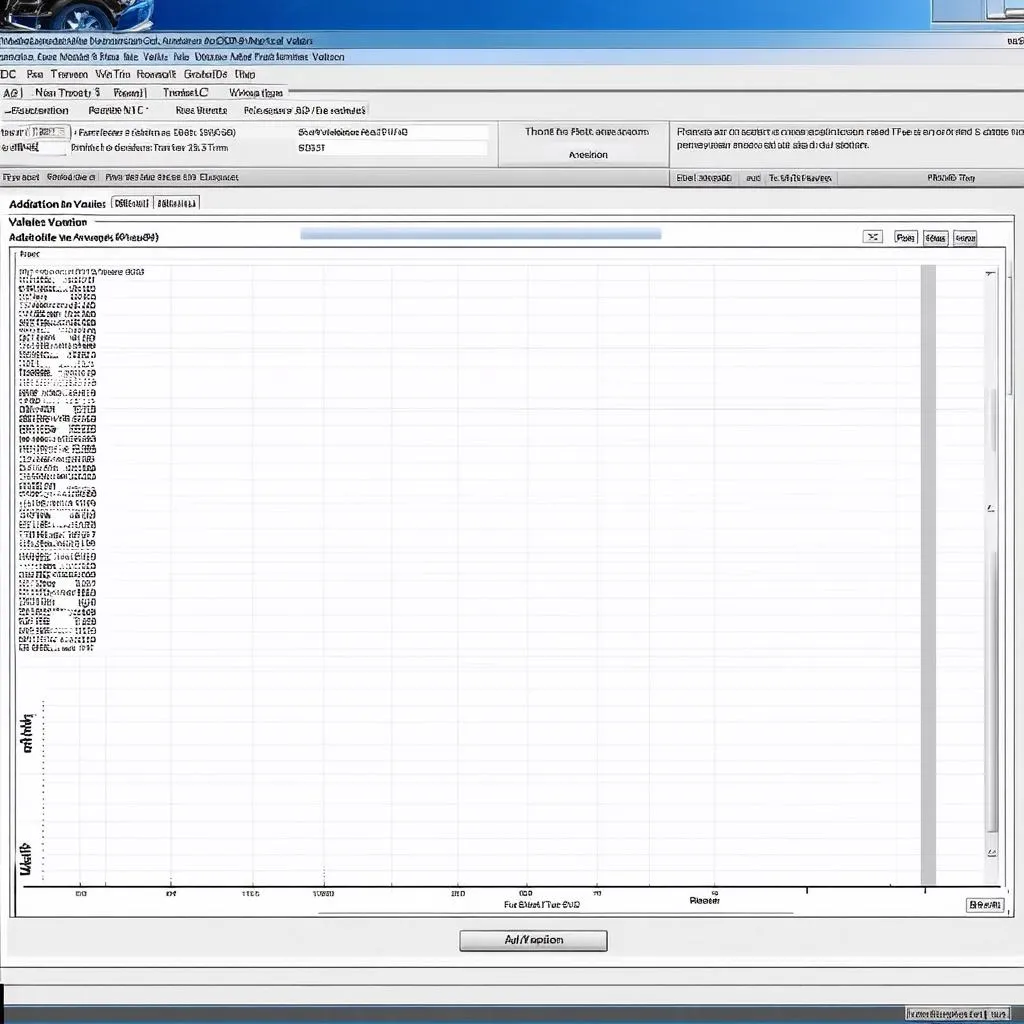VCDS adaptation, often shrouded in mystery, is a powerful feature within the VCDS software that allows you to fine-tune your vehicle’s control modules. Think of it as a way to communicate directly with your car’s brain, tweaking settings to optimize performance, troubleshoot issues, and even customize certain features.
What is VCDS Adaptation?
In essence, adaptation channels within VCDS allow you to modify specific parameters stored in a vehicle’s control modules. These modules, responsible for managing everything from the engine and transmission to airbags and lighting, rely on pre-set values to operate. VCDS adaptation gives you the power to adjust these values, working within a defined range to ensure safe and effective modifications.
The Power of VCDS Adaptation: A Closer Look
Let’s dive into some practical applications of VCDS adaptation:
1. Throttle Body Alignment: Ever experienced a rough idle or hesitant acceleration? A throttle body alignment using VCDS adaptation can often be the solution. By recalibrating the throttle position sensor, you ensure the engine receives the correct amount of air for optimal combustion.
2. Transmission Adaptations: VCDS allows for adjustments to transmission shift points, pressures, and other parameters. This can result in smoother shifting, improved fuel economy, or even sportier performance, depending on your preferences. However, proceed with caution as incorrect transmission adaptations can negatively impact performance.
3. Fuel System Adjustments: From adjusting fuel trim values to calibrating fuel injectors, VCDS adaptation offers a level of control over the fuel system previously accessible only to specialized mechanics.
4. Lighting Modifications: Want to enable coming-home lights or adjust daytime running light intensity? VCDS adaptation makes it possible to personalize your vehicle’s lighting to a surprising degree.
A Word of Caution
While VCDS adaptation offers remarkable control, it’s essential to approach it with caution. Incorrectly modifying adaptation values can lead to unexpected vehicle behavior and potential damage. Always research thoroughly, consult reputable sources, and consider seeking guidance from experienced individuals or online communities before making any changes.
“VCDS adaptation is a double-edged sword,” warns automotive electronics expert, Dr. Emily Carter, in her book Modern Automotive Diagnostics. “While it empowers enthusiasts to fine-tune their vehicles, it requires a careful and informed approach to avoid unintended consequences.”
Common VCDS Adaptation Questions Answered:
-
Is VCDS adaptation safe? When used responsibly and with proper knowledge, VCDS adaptation is generally safe. Always double-check values and procedures before making any changes.
-
Can I revert to default settings after performing adaptations? Yes, VCDS usually allows you to revert to factory default settings for most adaptations.
-
Where can I find reliable VCDS adaptation guides? Reputable online forums, dedicated VCDS communities, and technical manuals are excellent resources for finding accurate and safe adaptation guides.
 VCDS Interface
VCDS Interface
Choosing the Right Tools: Cardiagtech
When it comes to VCDS equipment and resources, Cardiagtech stands out as a trusted provider. Offering a range of genuine VCDS interfaces and cables, Cardiagtech ensures you have the reliable tools necessary for safe and effective adaptations.
 VCDS Adaptation Graph
VCDS Adaptation Graph
Unlocking Your Vehicle’s Potential
VCDS adaptation provides a gateway to unlocking hidden potential within your vehicle. From fine-tuning performance to customizing features, the possibilities are vast. Remember to prioritize safety, research diligently, and approach adaptations with a healthy dose of caution.
For personalized guidance and support on your VCDS adaptation journey, don’t hesitate to connect with the experts at CARDIAGTECH.
